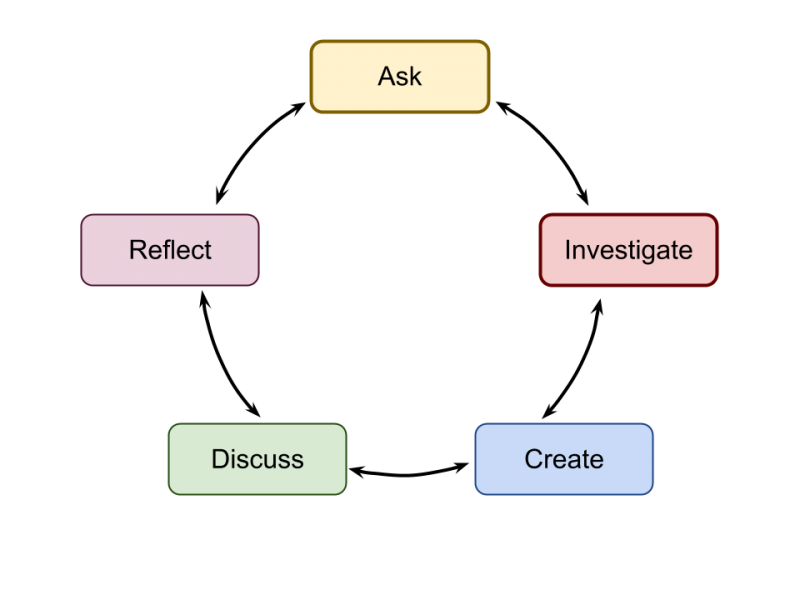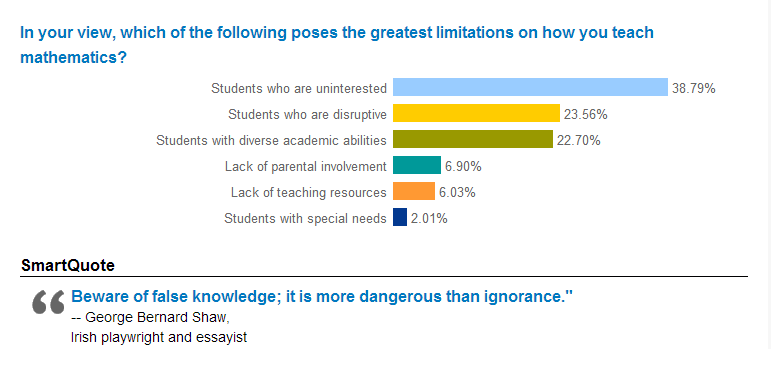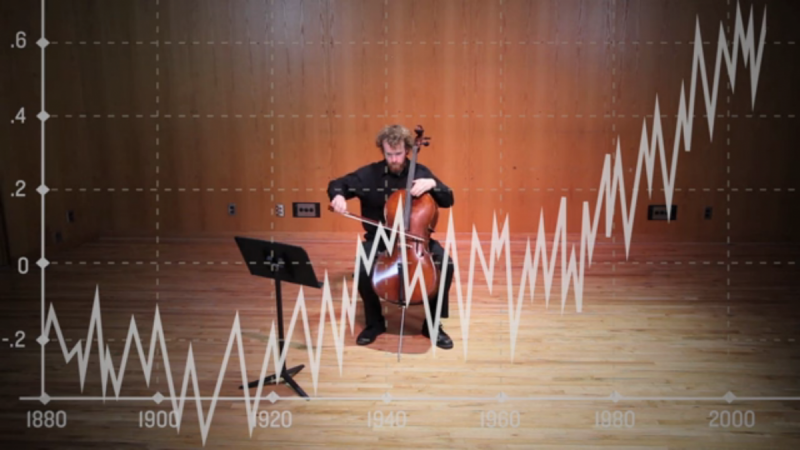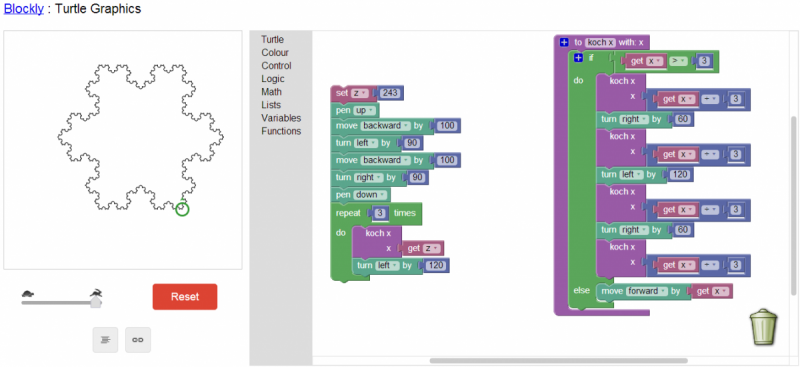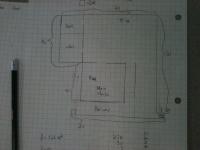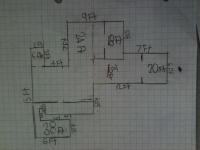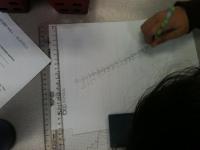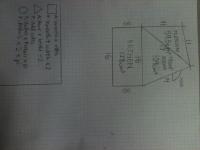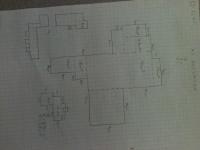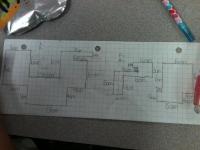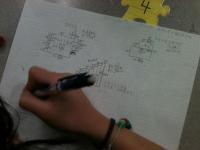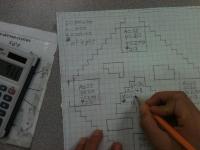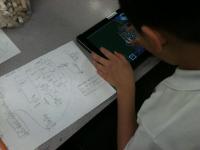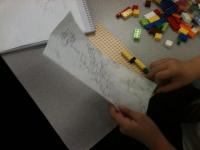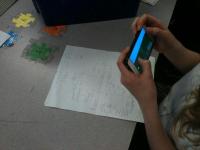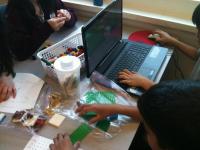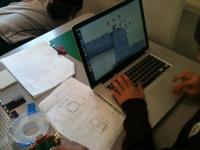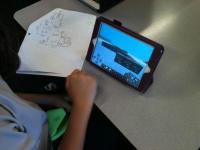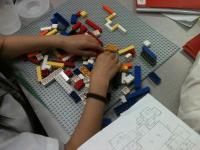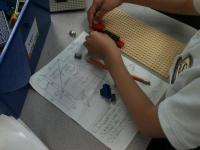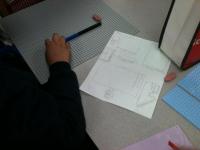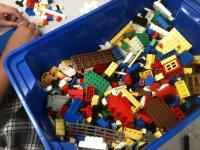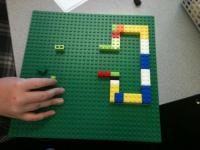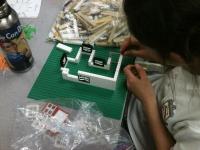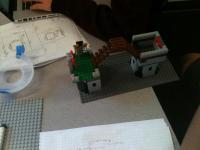I’m participating in Dr. Jo Boaler’s course "How to learn mathematics" which started two days ago. Here are my observations so far:
- I like the structure of the ideas Dr. Boaler has presented so far. The "quizzes" we have done so far seem not to have right answers, and are more designed to make us think. The videos are short and engaging and easy to follow.
- The premise of the course is excellent, and I think that this kind of course is best held in a discussion style, with some ideas being seeded by the instructor, which looks like the purpose so far of the course.
- I read every single introduction people posted, and I was very impressed with people’s willingness to share that they have had poor experiences in math. I know that happens quite a bit (almost everyone I meet tells me they were terrible in math after I tell them what I do), but not so often in print, and I suspect not so often on the first day of a course. This almost certainly has something to do with the way Dr. Boaler framed the course which has clearly made people willing to start the course by candidly sharing their experiences.
- Unfortunately, the user interface for discussion is awful, which I know has nothing to do with Dr. Boaler, since she is very likely constrained in what platform she uses (given that she works at Stanford). This is also an issue that I brought up with respect to Dr. Keith Devlin’s course on Mathematical Reasoning.
Once I participate in a conversation, I can see no way of finding out if anyone has responded to my conversation without looking up the conversation in the long, long, long list of other conversations that have happened. I have no "home base" with which to find conversations for later. I actually used CTRL + F to search for my name after loading the very long welcome thread to find my name! My first recommendation for improving this is that the designers of Stanford’s course software should look at other forum software, much of which has evolved over at least a decade of use, and not try to recreate a new user interface for a standard forum discussion. My next recommendation is to offer a way for users to see, in one place, who has responded to something they have posted, and to be able to choose to receive notifications when someone responds. The discussion space should be more like Facebook, and less like Moodle.
Another issue I have noticed is that I seem to have to scroll through the conversations and load them as I scroll. This means that if I am interested in finding an older conversation, I may potentially have to spend many minutes scrolling through unwanted conversations looking for the one I want.
This issue around the usability of the discussion space is an important one, but this course is very interesting to me, and I intend to work with the discussion space as offered.
